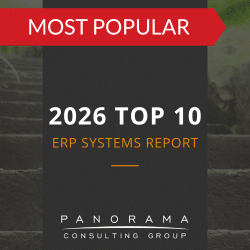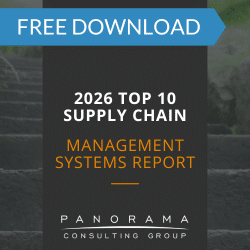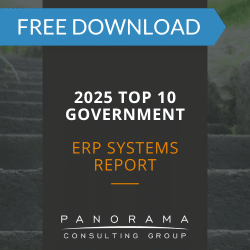Without conducting a conference room pilot, your organization may not be able to identify if your new ERP software is ready for “go live.” A conference room pilot is like a dress rehearsal to move into production.
Following are five areas that should be tested during a conference room pilot:
- Network and desktop/laptop/mobile readiness
- Equipment Roll-out complete
- Network Upgrades complete
- Access to System confirmed
- System readiness
- Final “test” for customizations and modifications
- Using in “real life” is different than test scripts
- Identify most frequently asked “new user” questions
- Business process readiness
- What process, procedures or policies were unclear to end-users?
- Were there forms that were needed?
- Were all needed letters available?
- Were security and other parameters set appropriately to “do business?”
- Were there any “road blocks?”
- End-user readiness
- What didn’t the end-users understand during project training?
- What new business practices/processes created the most questions?
- What questions came from user groups?
- Does training need to be tweaked?
- Are end-user guides sufficient?
- Support readiness
- What types of support questions were received?
- Can a FAQ document help?
- Did end-users know who to contact (are the super-users identified)?
- Did the system work?
- Are you ready for go-live?
Going through this process helps build enthusiasm to ensure end-user acceptance of the new ERP system. Organizations should involve cheerleaders to provide testimonials such as, “This system is going to save us so much time,” and, “The reporting is excellent and provides the detail we need.” Organizations should also involve high performers who can multi-task and perhaps even do dual entry. When conducting a conference room pilot, do not expect perfection. The worst dress rehearsal makes for the best performance!
Written by Kim Harrington, Director of Client Services at Panorama Consulting Solutions.













